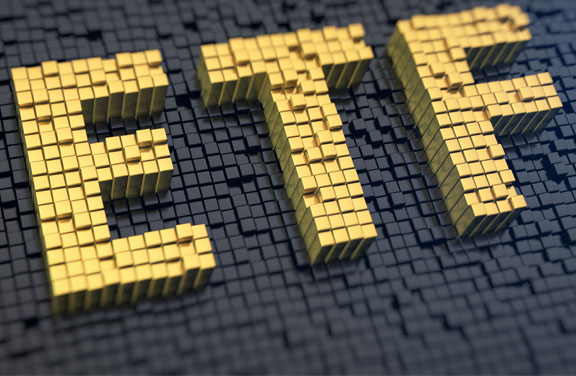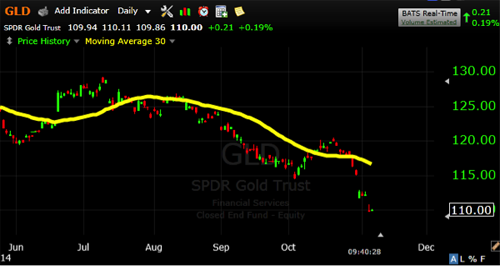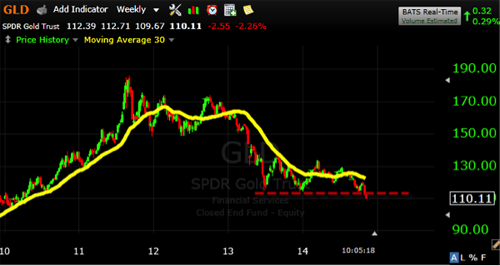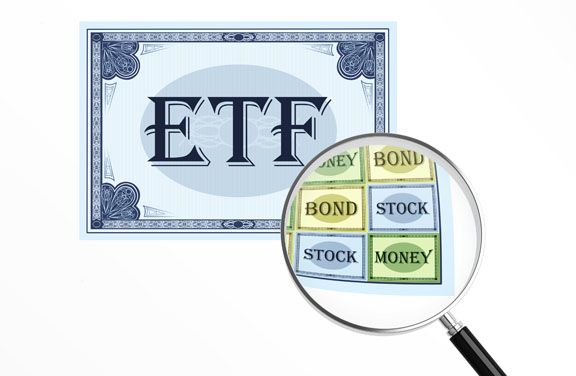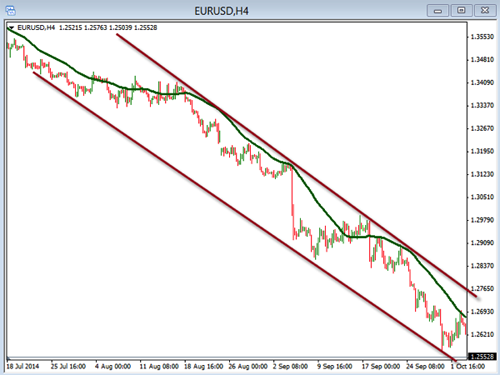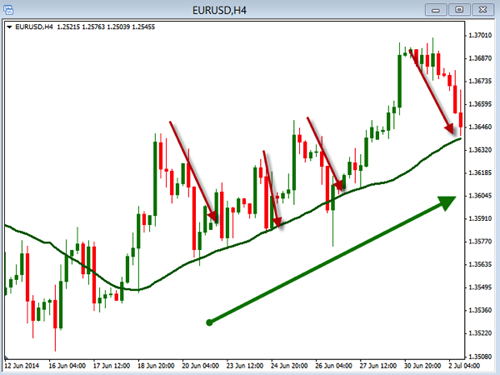Last week I discussed Exchange Traded Funds, what they are, and how they work. Today, I would like to continue discussing EFTs and how best to trade them. Here are a few rules that I will lay out to help with successful trading of ETFs.
Order Entries
First, when trading an EFT, use limit orders to enter the trade for the best executions. One of the advantages of trading EFTs is that you can use pending orders unlike trading mutual funds. If the ETF you want to trade has a tight spread you can go ahead a use a market order if you are closely watching the market. However, if you are not closely watching the market or the EFT you want to enter has a larger spread, I would recommend that you use a limit order. This will only enter the trade at the price you are willing to pay or better. This allows you to trade in the market without needing to “babysit” the market waiting for the best entry. The downside to using a buy or sell limit order is of course you may not get filled at all on the trade if the market doesn’t trade at that level and you might miss an otherwise good move in your favor. This generally is a tradeoff I would be willing to take, so that you don’t get in the habit of paying to high of a price for your trades.
Avoid Trading ETFs on Volatile Days
On days when the market is more volatile, like days when major news events are happening should be avoided. On more volatile days, the bid/ask spread will likely widen making the trade not as favorable. Also on more volatile days, you may find the volatility will take you out of the trade at a stop loss just before the trade moves in the direction that was originally expected, leaving you with a loss while the trade eventually went in your favor. The days would include days when the FOMC statements are made and especially the monthly Non Farm Payroll release, on the first Friday enough.
Trade ETFs with Good Liquidity
The best ETFs are the ones that trade with better deliberate trading patterns. These ETFs include the ones with good trading volumes and tight spreads. Generally, higher volumes translates into better liquidity which allow for better trading executions. For example the major equity index funds such as the SPY, generally has very good liquidly.
Transaction Costs do Matter
Pay attention to the transaction costs. One of the quickest ways give our money away is by paying high brokerage commissions. You really need to understand how much you are paying for your trading fees; both entry and exits, especially if you have a smaller account with smaller position sizes. In smaller positions the transactions fees become a larger percentage of the trade.
Conclusion
ETFs are a great investment vehicle for many traders looking for good opportunities to trade. But as with any trading, there are smarter ways to do this. These keys outlined above are part of what I refer to as rules that make up some EFT best trading practices, so setup your trades, with limit orders, avoid volatile trading days, focus on high liquidity and low transaction costs to make your ETF trading as profitable as possible.
